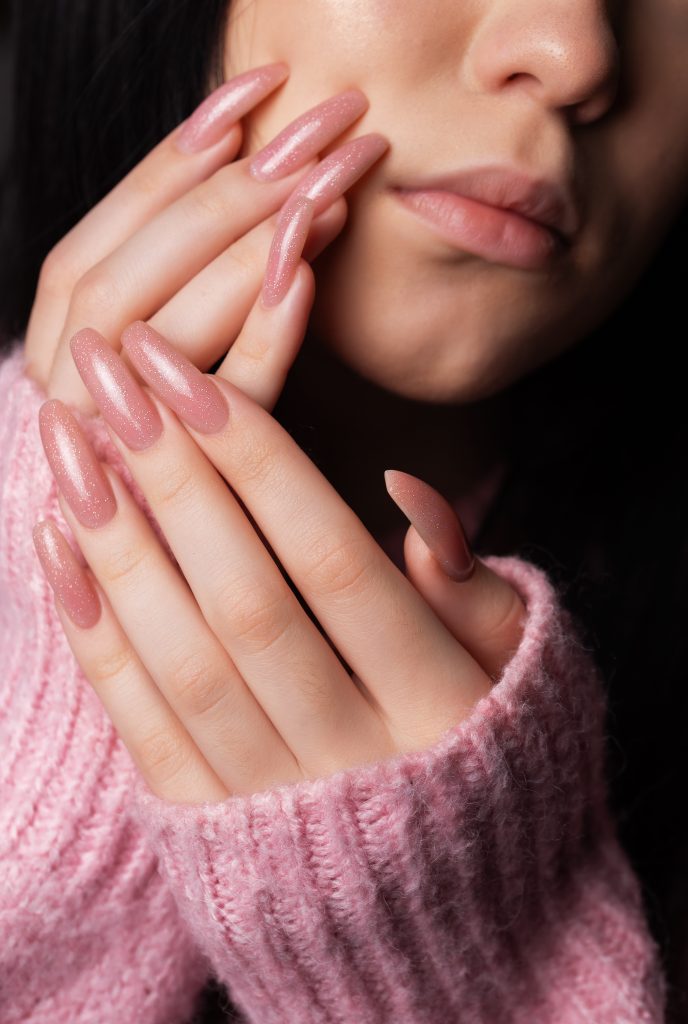
Curved nails, often referred to as pincer or spoon nails, occur when the edges bend inward or downward.
This can lead to discomfort or even pain, especially when the nails press into the skin or face constant friction. While this condition may seem minor at first, it can become more problematic over time if left unaddressed. Common causes include genetics, injuries, or underlying health conditions, all of which can contribute to the development of curved nails. Fortunately, with proper care and treatment, most cases can be effectively managed. By understanding the causes and exploring practical solutions, you can take the first step toward restoring your nails to a healthy, comfortable, and attractive state.
Causes of Curved Nails
Curved nails can develop due to a variety of factors. Recognizing the underlying cause is essential for choosing the right treatment. Below are some of the most common causes:
- Genetics
- In many cases, curved nails are hereditary, meaning they are passed down through families. If one or both parents have curved nails, it is likely you might experience them as well.
- Trauma to the Nail Bed
- Repeated injuries, such as stubbing your toes or improper trimming of fingernails, can alter the natural shape of the nail as it grows back.
- Health Conditions
- Underlying health conditions like iron deficiency anemia, psoriasis, or thyroid disorders may contribute to changes in nail shape. Curved nails can also be a sign of onychomycosis (nail fungus) or, in rare cases, other systemic issues.
- Aging and Lifestyle Factors
- As we age, nails tend to lose their natural flexibility, making them more prone to deformities like curving. Additionally, habits like wearing tight footwear can exert unnecessary pressure, particularly on toenails.
By understanding these causes, you can take the first step toward addressing the condition.
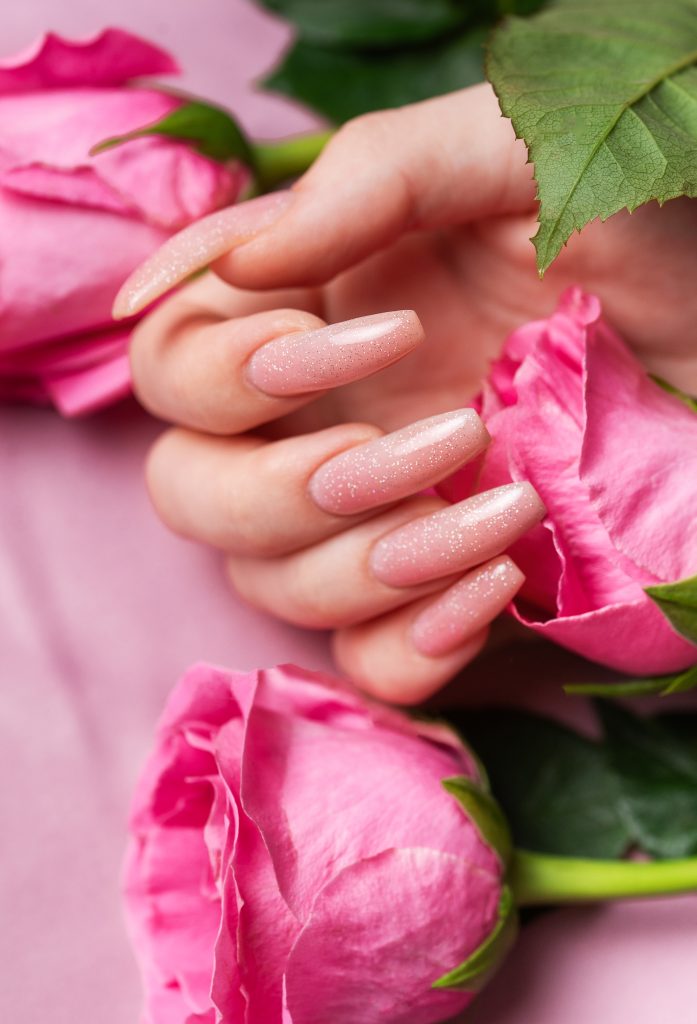
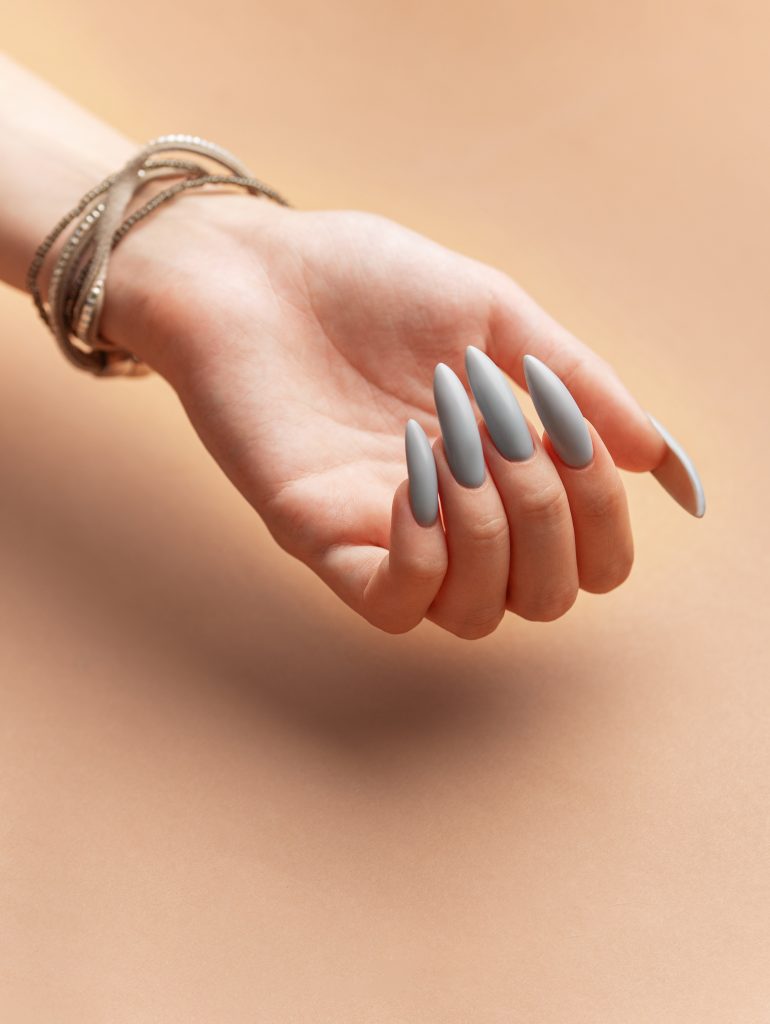
Identifying Curved Nails
Identifying curved nails can sometimes be tricky, especially if the changes occur gradually. However, being attentive to your nail health can help you recognize early signs and take action.
Key Indicators of Curved Nails:
- Visible Curve: The edges of the nail bend noticeably downward or inward.
- Pressure Sensitivity: Pain or tenderness when nails come into contact with surfaces or shoes.
- Thickened Nails: In some cases, curved nails also appear thicker, which can make trimming difficult.
- Color or Texture Changes: Discoloration or a rough texture may indicate fungal infections or other issues contributing to the curve.
If you notice these signs, consider trying home care methods or consulting a professional if the condition worsens.
Treatment Options
Curved nails can be managed effectively with a combination of home remedies, over-the-counter treatments, and professional care. Below is a detailed breakdown of your options.
1. Home Remedies for Curved Nails
For mild cases, home care can be incredibly effective in managing curved nails:
- Gentle Filing: Smooth out rough or sharp edges with a fine-grit nail file to reduce discomfort and prevent ingrown nails.
- Regular Nail Trimming: Trim nails straight across and avoid rounding the edges, which can exacerbate curving. Use sharp, high-quality nail clippers for a clean cut.
- Soaking Treatments: Soak nails in warm water with Epsom salt to soften them, making them easier to manage. Adding tea tree oil can help prevent fungal infections.
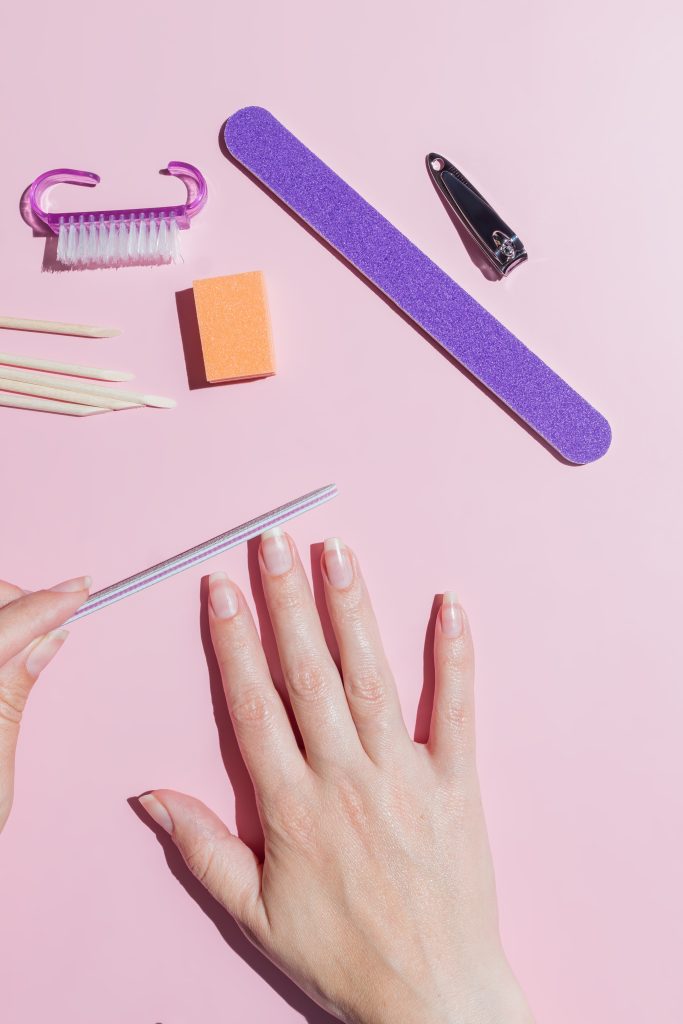
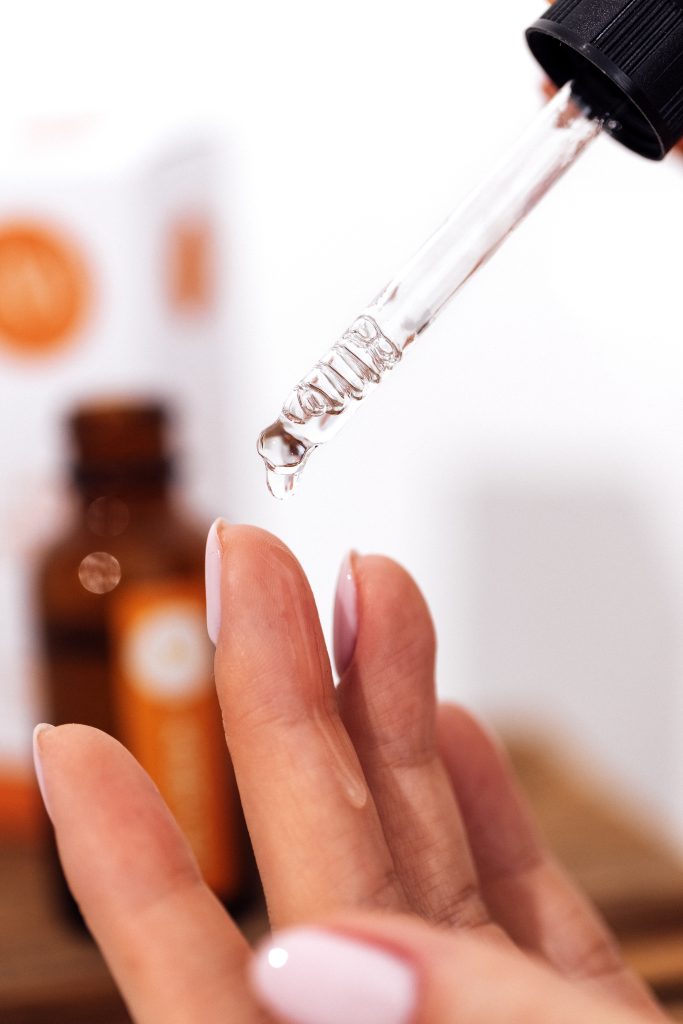
2. Over-the-Counter Nail Treatments
Many reputable nail brands offer products designed to strengthen and improve the structure of your nails:
- OPI Nail Envy: A nail strengthener that fortifies brittle nails and supports healthy growth. It’s ideal for weak or bending nails prone to curving.
- Gelish Structure Gel: This overlay gel reinforces the nail plate, reducing curvature and providing a smooth, even appearance.
- CND RescueRXx™ Daily Keratin Treatment: Infused with keratin protein, this treatment targets weak and damaged nails, helping them regain their natural structure over time.
- Entity Beauty Nail Strengthener: Designed to boost nail health and combat brittleness, this product reduces the likelihood of curving as your nails grow stronger.
- Essie Hard to Resist Strengthener: This easy-to-use product helps protect against peeling and strengthens nails while restoring their shape.
Preventing and Managing Curved Nails
Preventative measures play a crucial role in managing curved nails and stopping them from worsening. Here are some tips:
- Moisturize Regularly: Apply cuticle oils or nourishing creams daily to maintain nail flexibility.
- Wear Comfortable Shoes: For toenails, ensure your footwear allows plenty of room for your toes. Avoid tight or pointed shoes.
- Adopt Gentle Habits: Avoid biting nails or using them as tools to open packages.
- Use Protective Products: Strengtheners and treatments from brands like OPI and CND can prevent further nail damage.
With these practices, you can maintain healthier nails and reduce the likelihood of recurring issues.
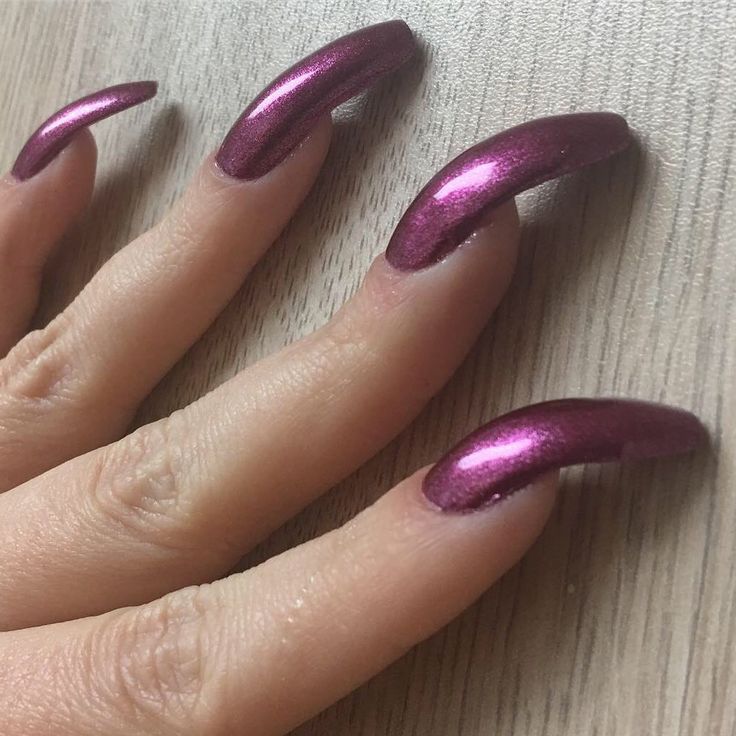
FAQ
What is the best treatment for curved nails at home?
Soaking nails in warm water with Epsom salt, trimming them properly, and applying a strengthener like OPI Nail Envy or CND RescueRXx™ are great starting points.
How does Gelish Structure Gel work for curved nails?
Gelish Structure Gel provides an overlay that reinforces the nail plate, helping to reduce visible curvature and creating a smooth, even surface.
When should I see a professional about my curved nails?
If home treatments are ineffective, the condition worsens, or if you experience significant pain or discomfort, it is recommended to consult a nail technician or dermatologist.
Can I prevent my nails from becoming curved?
Preventive measures include maintaining a balanced diet, practicing good nail care habits, keeping nails clean and moisturized, and avoiding habits that stress the nails, such as biting or using them as tools. Wearing gloves during activities that might damage the nails can also help.

